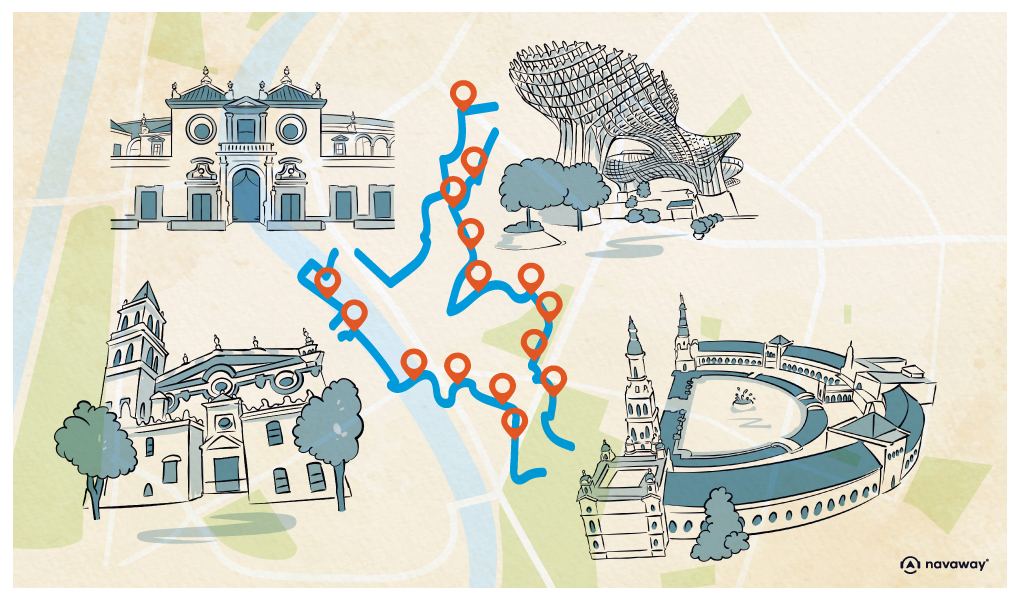
The Alcázar
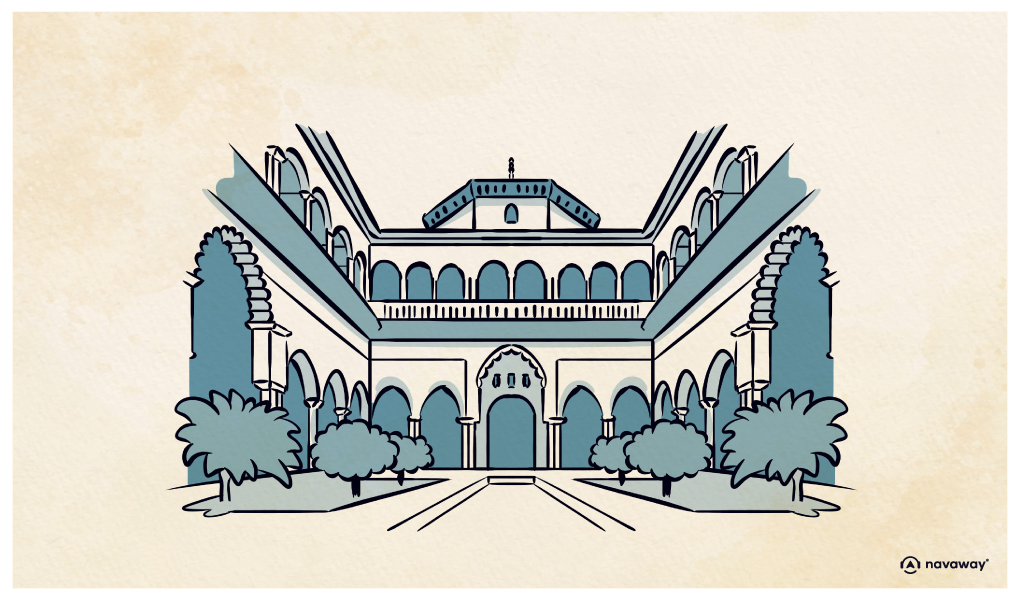
This point of interest is available as audio on the tour: Visit Seville, The Princess of the Guadalquivir
Welcome to the heart of Seville, where the buzz never stops. You might spot a long line in front of a red door just ahead—that’s the Lion Gate, the main entrance to the Alcázar. We highly recommend booking a skip-the-line ticket—or a combined pass that includes the cathedral. No trip to Seville is complete without a visit to this extraordinary palace. In fact, it might just be the reason you’re here. From the outside, the Alcázar looks modest, but don’t be fooled. Behind these walls lies one of the most breathtaking royal complexes, built as a fortified palace, hidden and protected by strong walls. Since we can’t guide you through every room and garden, let’s settle for an overview of its history. After the fall of the Roman Empire, Seville—then called Hispalis—became part of the Visigothic Kingdom. In 712, the Umayyads conquered the region, and the city became part of the Al-Andalus Empire. Hispalis became Isbiliya, and the first fortified palace was built—around the same time as Granada’s Alhambra. This early fortress helped defend the city from Viking raids in the 9th century. A new palace was built, known as the “Palace of Blessings” or Al-Qasr—which eventually gave the complex its name. Under the Almohads, it was expanded even further with new palaces and courtyards. So yes, it really is as vast as everyone says! Islamic rule in Seville lasted for nearly 500 years and left behind a rich architectural legacy. In 1248, King Ferdinand III of Castile took the city. Isbiliya became Seville once again, and the Alcázar became a royal residence under Christian rule. This period saw the construction of Gothic halls and the stunning Mudéjar palace. Over the centuries, the Alcázar witnessed major historical events, especially under the Catholic Monarchs, who lived here in the 15th century. Today, the Spanish royal family still uses the upper floor, but they generally stay at the nearby Hotel Alfonso XIII. The Alcázar is Seville’s ultimate must-see monument, bringing together the city’s key historical periods and cultures in one magnificent place. It’s considered the finest example of Mudéjar architecture on the Iberian Peninsula and is listed as a UNESCO World Heritage Site. Get ready for an unforgettable experience.


Discover Seville with app
An interactive guide through the most beautiful streets, squares, and districts
28 fun audioguides full of historical facts, anecdotes, and legends
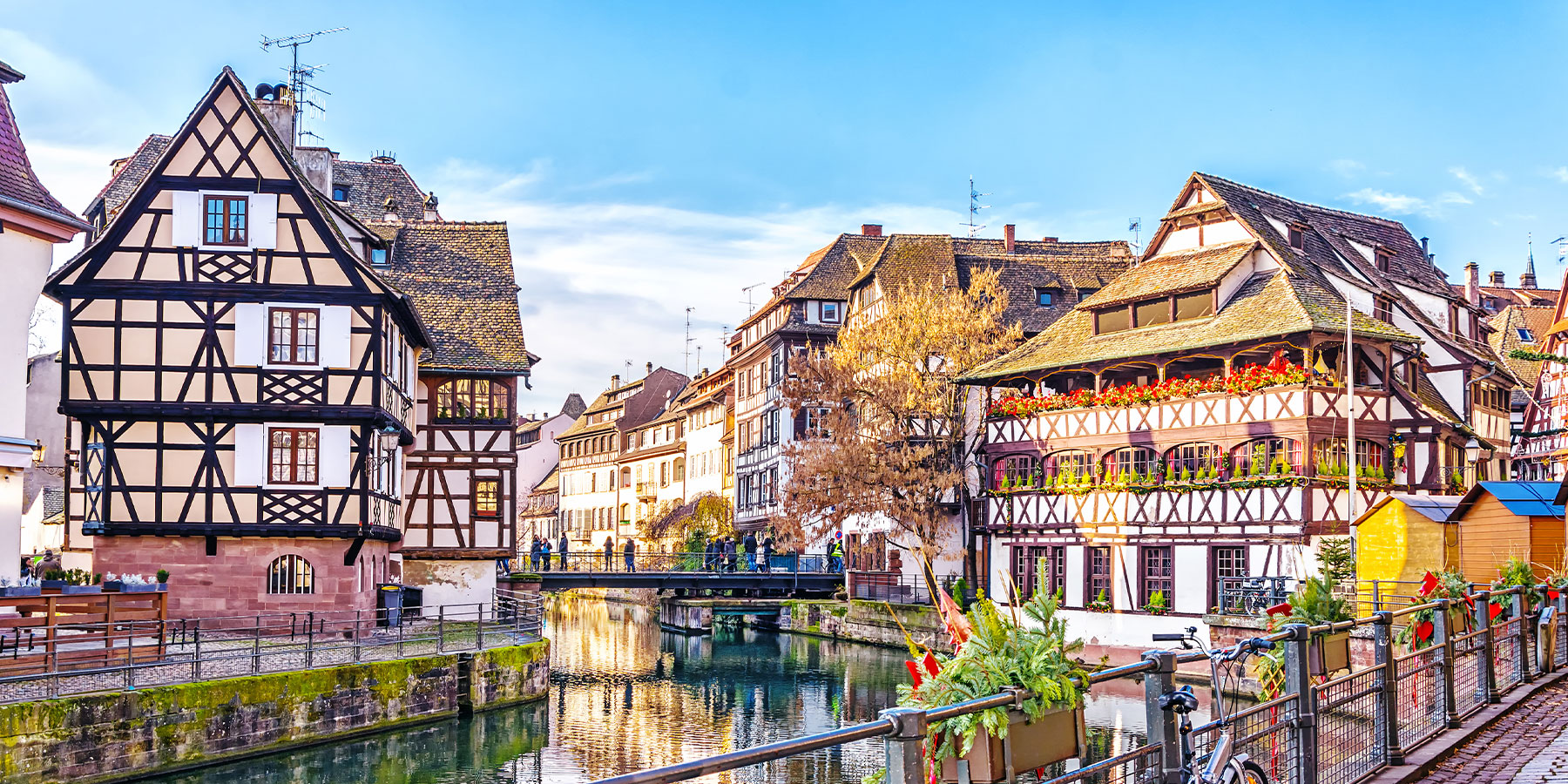
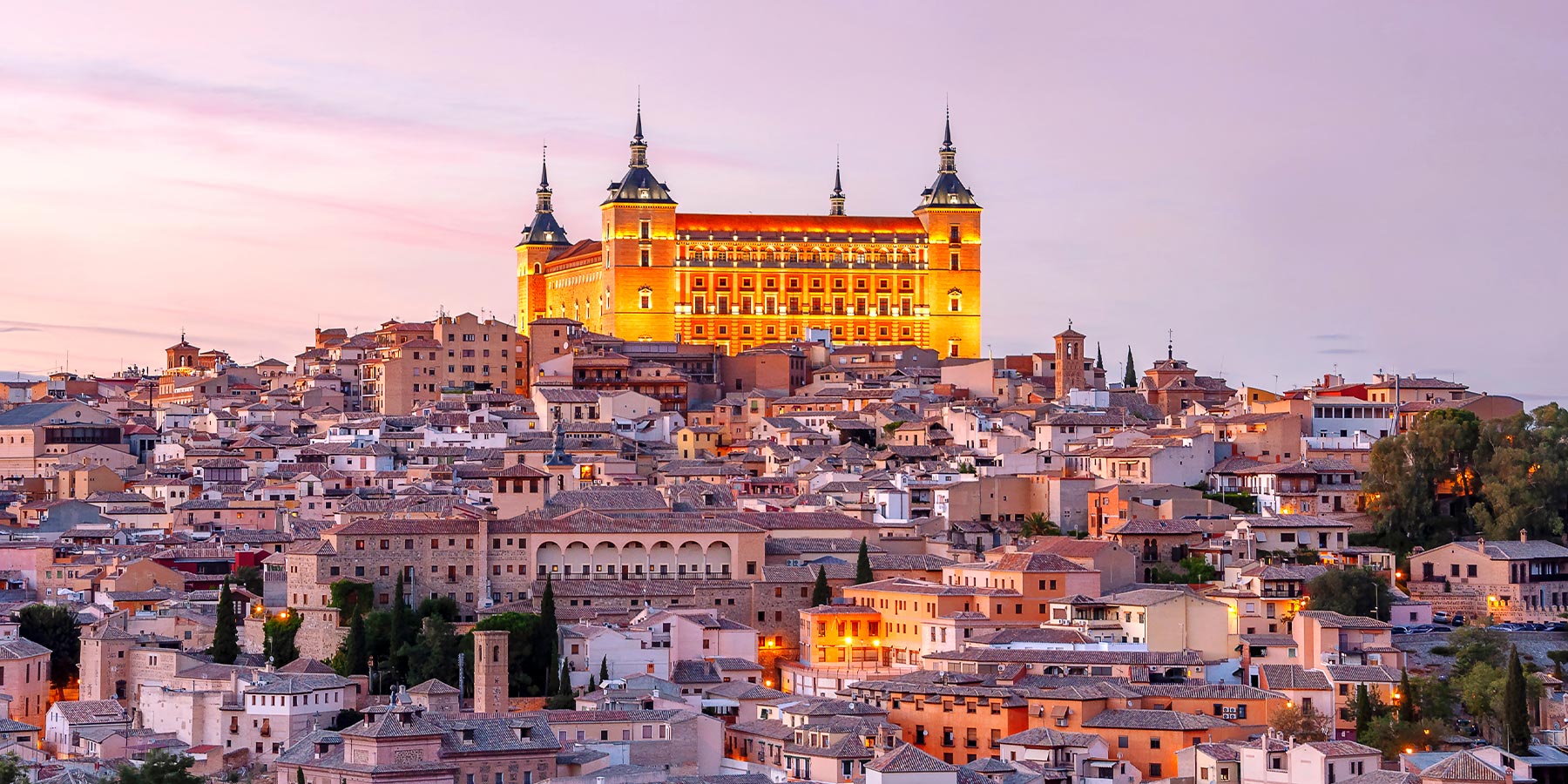
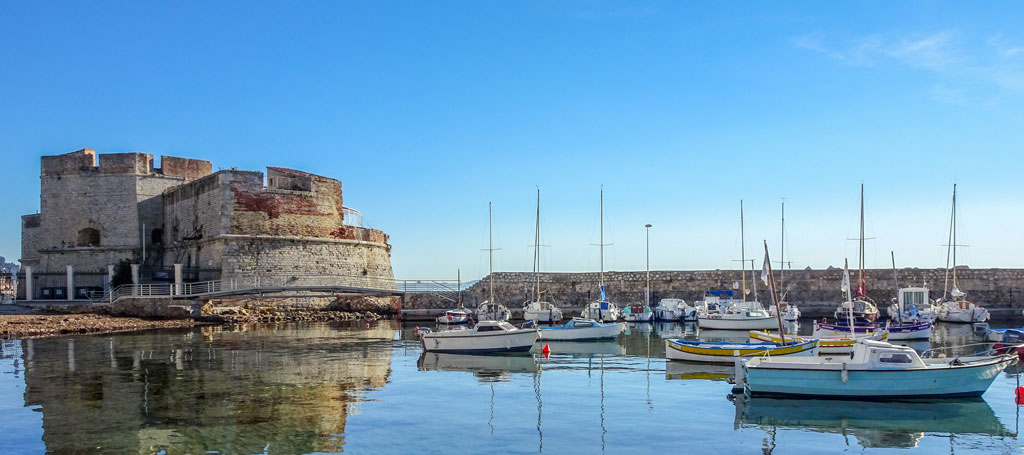
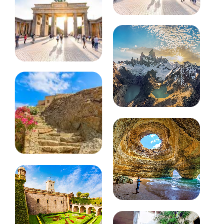

Comments